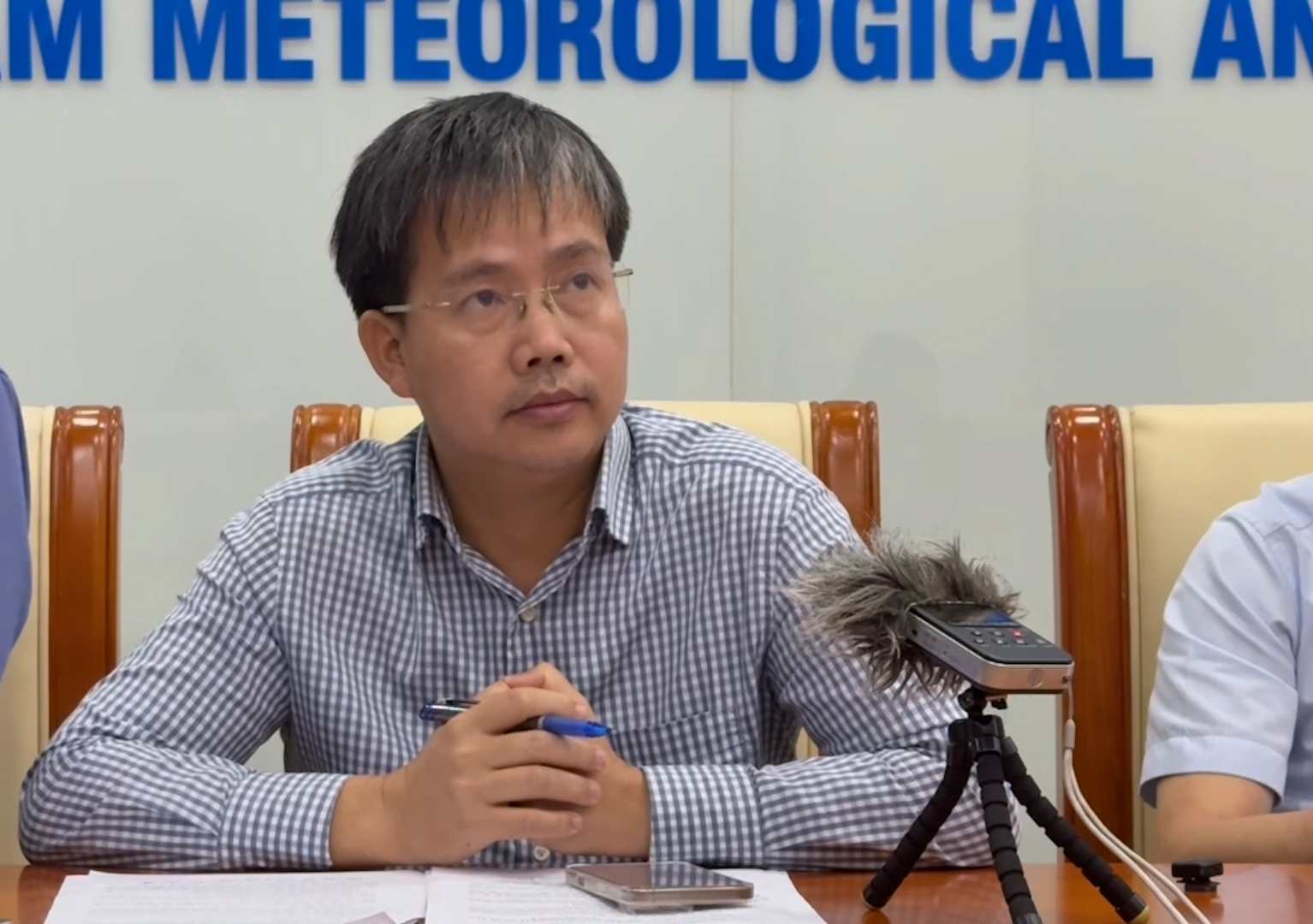tornadoes often appear in the northern part of the storm's eye
Although hundreds of kilometers away from the center of the storm, from early this morning (September 29) to noon, thunderstorms and tornadoes have been recorded in some northern provinces, causing great damage. Notably, thunderstorms in Ninh Binh swept through the communes of Quy Nhat, Hai Anh, Hai Thinh, Hong Phong, Gia Hung and Chat Binh at around 3 - 5am, killing 9 people, injuring 18 people, hundreds of houses and schools were devastated and severely damaged.
Then, in Thai Thuy, Thai Ninh, Dong Thai Ninh communes (Hung Yen province), Vinh Hai commune (Hai Phong), tornadoes continued to occur at around 10:30 am on the same day.

Mr. Hoang Phuc Lam - Deputy Director of the National Center for Hydro-Meteorological Forecasting - gave explanations for the many tornadoes that occurred today.
Accordingly, Bualoi has the characteristics of a stronger and wider northern circulation than the southern circulation. The vast majority of storms have such characteristics.
Because the northern edge of storms is often a subtropical high pressure, this area has a larger pressure air boundary, the difference between the northern air masses and the air masses in the center of storms is greater in terms of temperature characteristics, pressure and moisture, so the conflict between the two air masses that cause thunderstorms is often more, the wind is often stronger in the northern part of the center of the storm.
"Storm Bualoi has a very wide circulation, so all thunderstorms are located in the Northern Delta" - Mr. Lam said.
According to the Deputy Director of the meteorological agency, these tornadoes are very small in scale and have a short duration, so the record of the number of tornadoes is mainly accidental, possibly because passersby and people actively observe and return to see them. The monitoring systems of the National Center for Hydro-Meteorological Forecasting can only record if it occurs at measuring stations with observers.
"The scale of the tornado is very small, with a diameter of only a few dozen to a hundred meters, so radar and satellites are almost unable to grasp the location and shape of the tornado. Therefore, the work of measuring, monitoring, and forecasting tornadoes is very difficult, we can only warn of possible tornadoes during thunderstorms" - Mr. Lam analyzed.
Mr. Lam also warned that with tornadoes, although small in scale, the wind speed is very high, equivalent to the wind in the storm and strong gusts in thunderstorms. Therefore, there was a lot of damage to people, property, trees, and items swept away by the tornado, causing damage along the tornado's travel path.
Difficult to predict the location and intensity of tornadoes and dragon fruit
According to the meteorological agency, due to the influence of the circulation after storm Bualoi, tonight and tomorrow, September 30, the North and Thanh Hoa are forecast to continue to experience moderate rain, heavy rain and thunderstorms, locally very heavy rain. Therefore, the risk of thunderstorms and tornadoes from now until tomorrow still exists.

Mr. Mai Van Khiem - Director of the National Center for Hydro-Meteorological Forecasting - added that the tornado phenomenon is also a natural storm, but on a very small scale, much smaller than the storm, both in terms of size, space, and duration.
For storms that also form like this, but if they are maintained for a long time, with a large space scale, we have satellites, radar, and calculation models that know the shape and structure of storms, then we can analyze and monitor them and can predict them.
"As for thunderstorms and tornadoes that occur within a narrow, small area, we only observe them with the naked eye" - Mr. Khiem said.
According to Mr. Khiem, currently, meteorological science only warns of the possibility of tornadoes, dragon fruit, and hail in conditions of very strong thunderstorms, formed in hot, humid, and highly unstable environments. Science has not yet forecast the location, intensity or development of tornadoes and dragon fruit.











